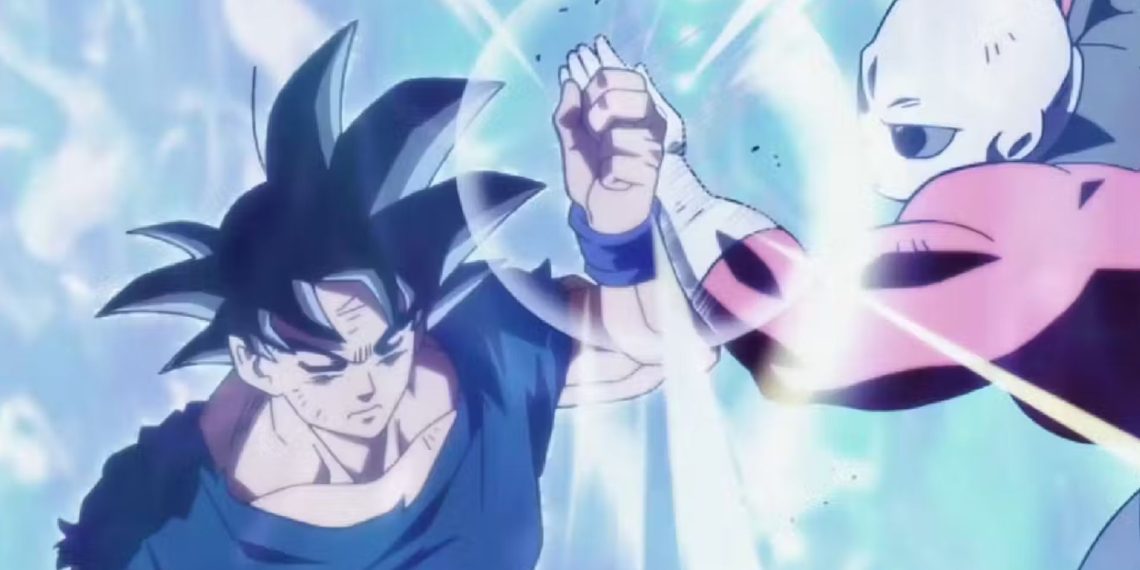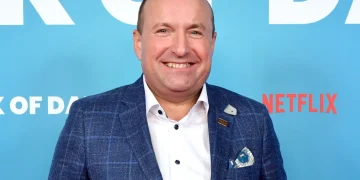Dragon Ball has left a lasting impact on the world. If the claims found on the internet hold any truth, the extent of “Dragon Ball”‘s influence on society may be far broader than previously thought. Goku has always been powerful enough to fight villains like Frieza and Cell, but according to some online statements, his power might be contributing to reducing real-life crime as well.
Reportedly, new episodes of “Dragon Ball Super” have had the unique effect of “reducing the criminal activity of drug cartels.” At least, that’s what “Dragon Ball” fans on the web often claim. While the reality of this situation is more complex than the meme suggests, there’s actually some truth to it, more so than most other internet rumors.
The Origins and Impact of the ‘Dragon Ball’ and Cartel Activity Meme
Memes tend to take facts, make assumptions based on those facts, and then turn the assumptions into stories that many people believe due to their popularity. This phenomenon occurs with the popular meme among “Dragon Ball” fans stating “whenever new ‘Dragon Ball’ content is released, cartel activity drops significantly for two days.”
This is the most widespread version of the meme, though fans have propagated this ‘quasi-fact’ across the internet in various forms as if it were indisputable truth. Several factors play a role in determining whether such a statement is true, and unfortunately, most do not check out. However, the origin of the meme itself explains why a meme like this could have gained traction in the first place.
The exact origin of the connection between “cartel activity” and “Dragon Ball” is not difficult to trace. The earliest examples of its rise to prominence date back to around 2018, coinciding with the final episodes of the “Dragon Ball Super” anime. “Dragon Ball Super”‘s finale had a notable impact on Latin American countries, with one specific event making the news.
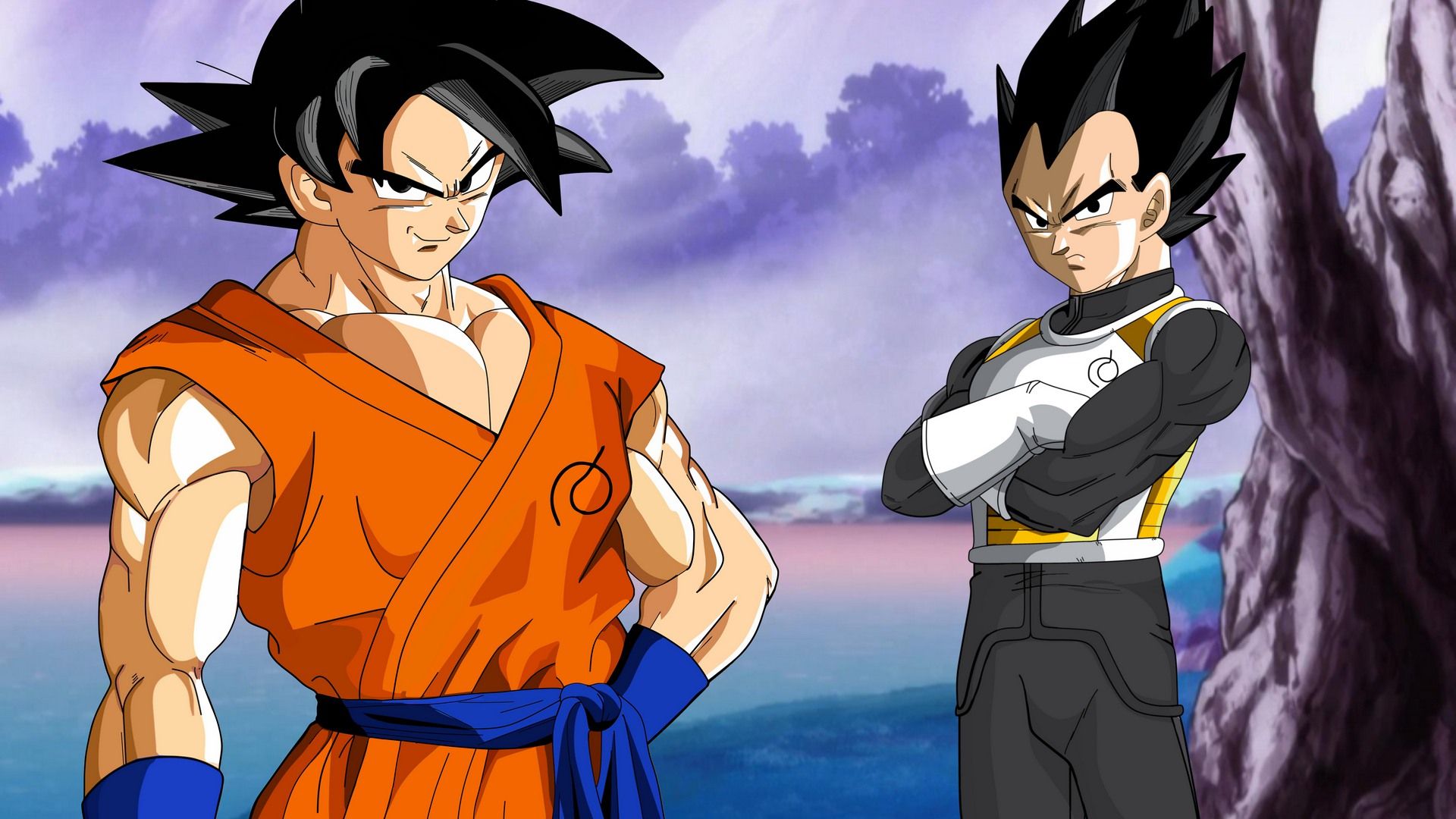
As reported by the El Paso Times, the story began when a group of college students at the Autonomous University of Ciudad Juarez sent a Facebook message to Armando Cabada, the mayor of Juarez, Mexico. They proposed a public viewing of “Dragon Ball Super”‘s upcoming penultimate episode.
Recognizing the potential value in the idea, Mayor Cabada gave the project his full support. At a news conference before the event, Cabada explained, “It’s simply a way for the municipality to support young people. Let’s say it: There are not a lot of programs to help our boys.” The event aimed to keep kids off the streets and away from drugs – and the cartels associated with them.
Cartels and drug-related violence in Latin America are longstanding issues, and countries like Mexico have been actively fighting against them. Screening “Dragon Ball” was one of the government’s alternative methods to provide kids with a reason to stay away from drugs and crime.
How ‘Dragon Ball’ Became a Cultural Phenomenon in Latin America: The Impact of Public Screenings and Anime’s Popularity
Even if the idea of holding public screenings of “Dragon Ball” might be a good way to keep kids off the streets in Latin America, the reason it might be anime in particular goes deeper. Historically, anime has been extremely popular in Latin American countries.
It may be difficult for citizens of the US to understand, as Latin America had a much different experience with anime in the late ’80s and early ’90s compared to North America.
Because censorship laws were different in some Latin American countries than in the U.S., they received full, uncut versions of series like “Saint Seiya” and “Sailor Moon,” which appealed to a much different audience than the heavily censored versions released in North America. This had a lasting effect on the perception of anime, a view that has only recently begun to be shared in the States.
By the time “Dragon Ball Z” came to Latin America, anime was already a hugely successful and popular medium of entertainment there. This contrasts with the US, whose anime obsession didn’t start budding until a bit later. When “DBZ” first came to the US in 1996, its heavily censored version was not nearly as popular as the original “Dragon Ball” was in Latin America, which was being aired around the same time.
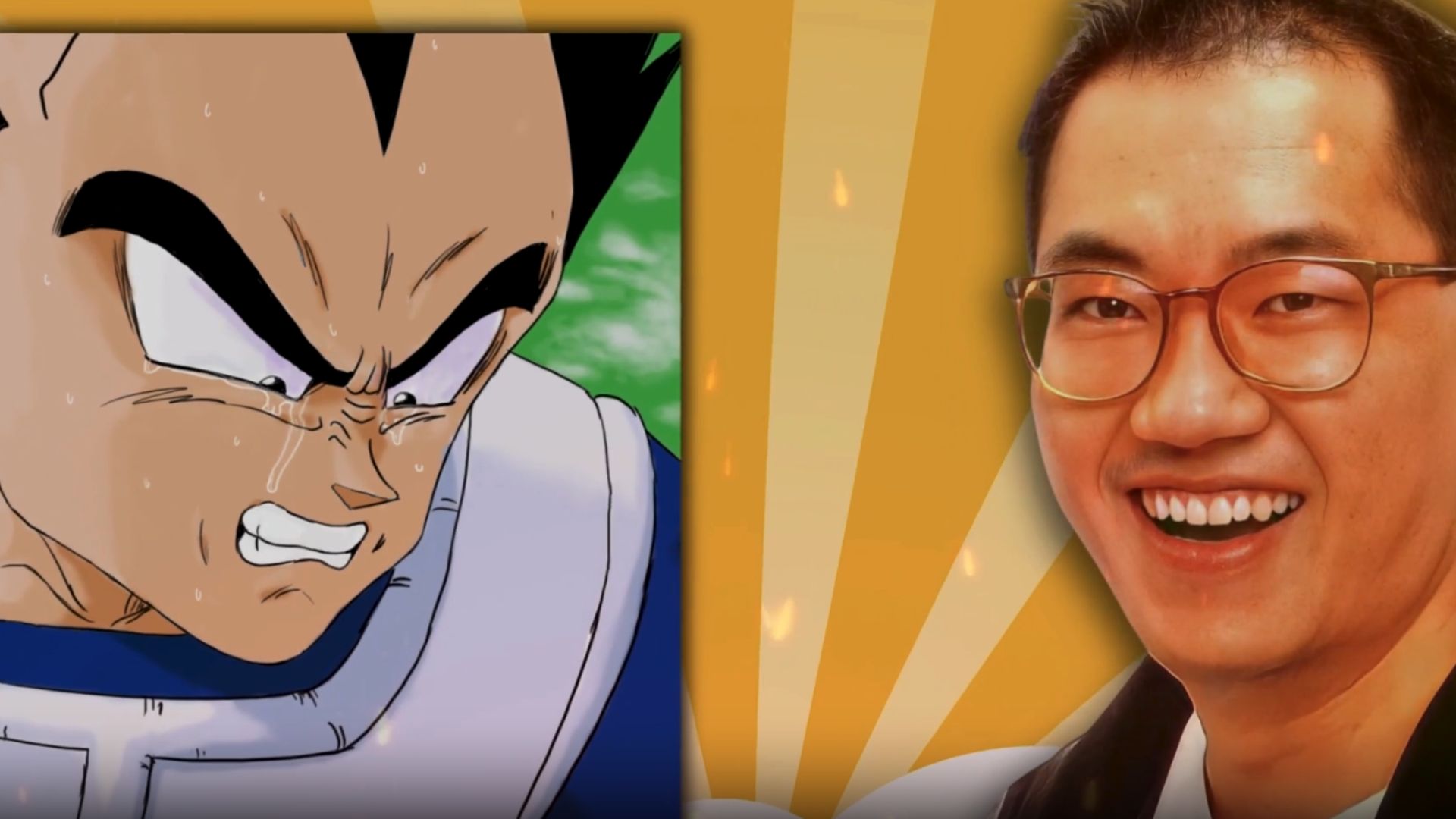
The entire “Dragon Ball” series was broadcast all the way through in Mexico, leading straight into “DBZ” and raising hype for the series. In contrast, “DBZ” didn’t really catch on in the US until it began running on Cartoon Network’s Toonami from 1998 into the early 2000s.
The love for “Dragon Ball” in Latin America is well-known by fans, and that’s what makes it easy for many to believe a meme suggesting that crime in South America could potentially be strongly affected by the series’ releases. This deeply ingrained love for anime, and “Dragon Ball” in particular, led to the massive hype around the return of the series with “Dragon Ball Super” in Latin America.
By the time the series finale came around in 2018, the highly publicized public screening events of “Super”‘s finale held in front of huge crowds in Mexico, Ecuador, and Chile were making headlines.
Public Screenings of ‘Dragon Ball Super’ Spark International Negotiations: Juárez Hosts Epic Finale Despite Challenges
These huge public screenings of “Dragon Ball Super” in Latin America did not go unnoticed by Japan. The first to respond to the idea of public screenings of “DBS” was none other than Toei Animation, who issued a statement on their X (formerly Twitter) profile on March 12, 2018, just six days before the episode would premiere.
Then, four days later, on March 16, 2018, Yasushi Takase of The Japanese Embassy in Mexico sent a letter to Governor Miguel Angel Riquelme Solis of Coahuila, Mexico, asking that his city stop publicly airing episodes of “Dragon Ball Super.” The letter specifically mentioned episodes 130 and 131, which mark the climactic battle between Goku and Jiren during the Tournament of Power.
Fortunately, all hope was not lost for Mexican fans hoping to attend the events. Mexican government officials continued to negotiate terms with Toei in the days leading up to the episode’s release.
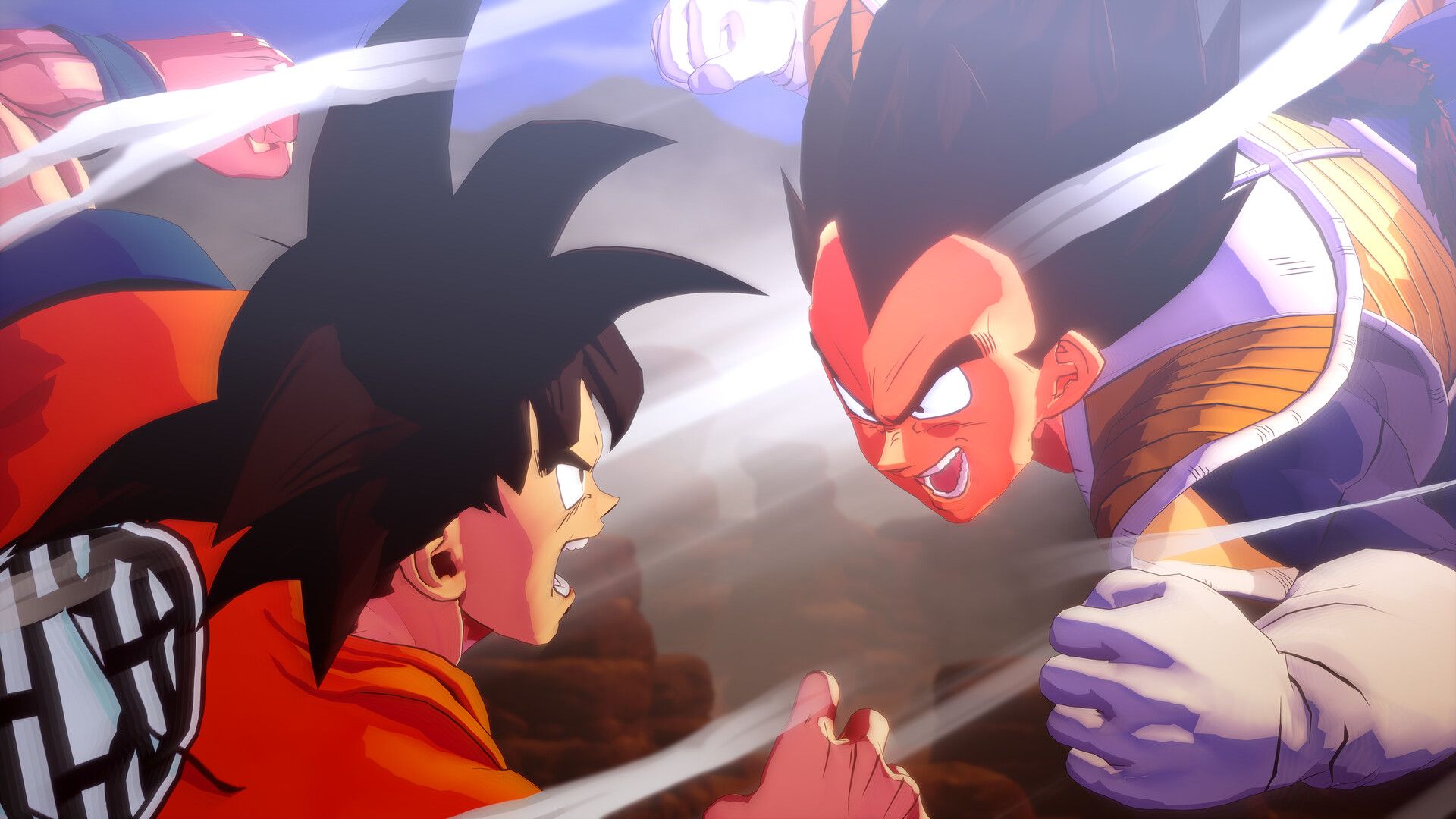
Finally, the night before one of the biggest showings in Mexico, Mayor of Juarez, Armando Cabada, posted a statement on X (Twitter) announcing the successful negotiations. “By the power of the dragon spheres, we accomplished this wish for the youth of Juárez. The negotiations between Crunchyroll and Toei Animation were fruitful. We have permission to see Dragon Ball at the X!”
The “Dragon Ball Super” Episode 130 viewing at the “X” Monument in Juarez, Mexico, ended up drawing a crowd of over 15,000 people, providing fans a safe space to enjoy the epic finale to Goku’s fight with Jiren. Fans roared in the crowd as Goku achieved his Ultra Instinct form, but underlying those loud cheers was an air of tranquil peace in the city.
Dragon Ball Screening Success vs. Cartel Activity: The Truth Behind the Meme
It’s truly a testament to the love Latin America has for “Dragon Ball” that there was such a huge turnout to watch Goku on the big screen, and that the Mexican government went above and beyond to make its public screenings happen.
Still, the question remains: what does all that say about the “cartel” meme itself? As positive as this one event was for the city of Juarez, is the claim that “whenever new ‘Dragon Ball’ content is released, cartel activity drops significantly for two days” really based on any factual evidence?

The idea that each “Dragon Ball” episode release literally lowers the criminal activity of drug cartels in Latin America is purely a meme based on these streaming events, with little-to-no factual backing.
While it may be a possibility, and “Dragon Ball” has certainly brought many people together from all over the world, there is no real evidence to suggest that “Dragon Ball” really reduces cartel activity in any country, Mexico or otherwise. No actual studies on this issue were ever done; it’s just a meme that started because of the huge “Dragon Ball” screening events in Mexico.
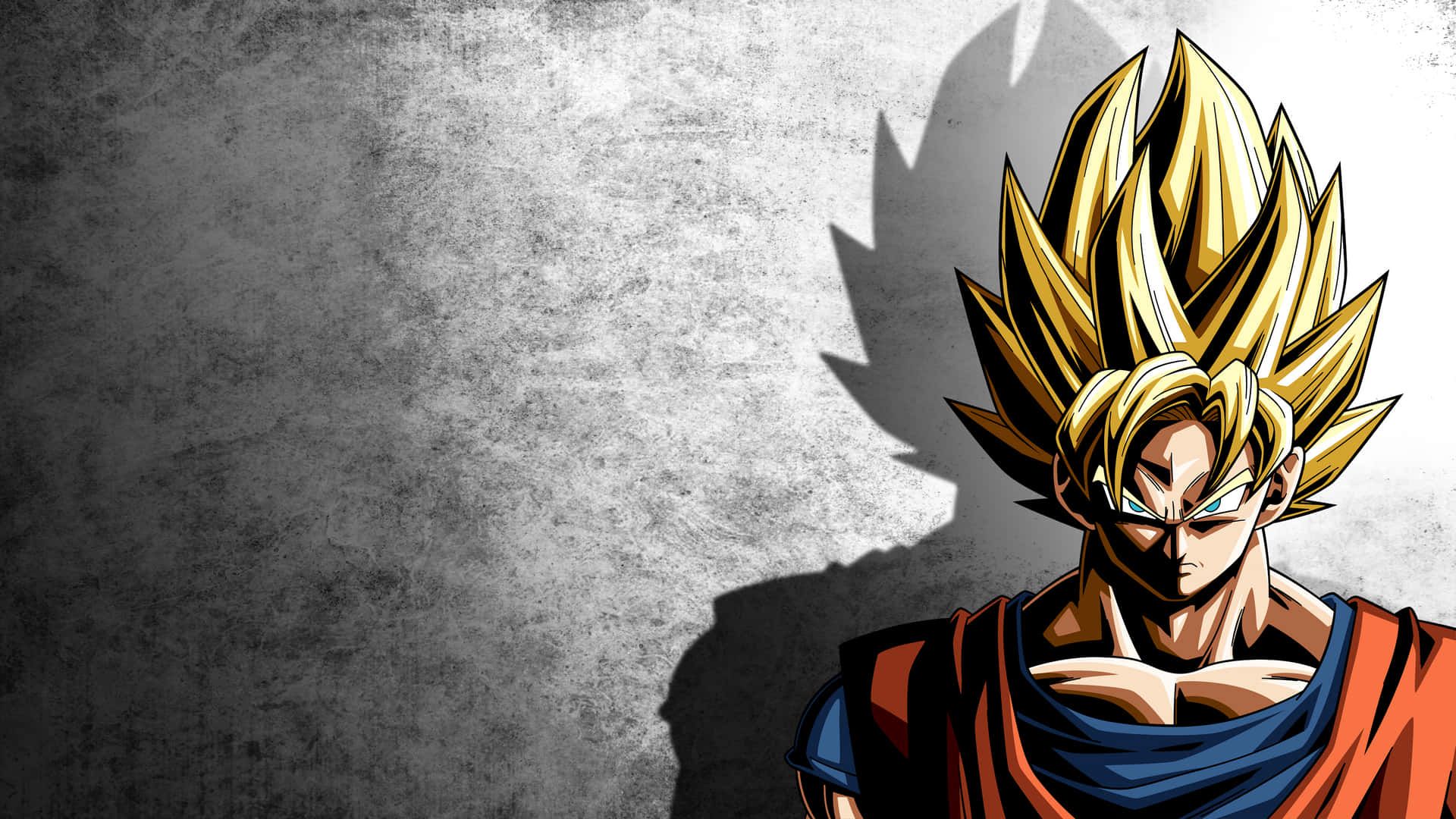
In fact, while the meme claims that cartel crime goes down when “Dragon Ball” content is released, at least some of the quantifiable information suggests the opposite. The biggest screening events for “Dragon Ball Super” and its greatest rise in popularity came in 2018, when the series finale was released.
However, according to figures released by the Mexican government, homicide had increased by 15% in 2018 from the year before. If “Dragon Ball” were really having such a powerful impact, the numbers would, at the very least, not have risen so dramatically.
Of course, “Super” ended in March of that same year, so it may be more telling to actually look back at the years leading up to 2018 to see if perhaps “Super” was making more of an impact before it went off the air. Unfortunately, from the year 2014 (the year when “Super” began) to 2018 (the year it ended), Mexico saw a steady increase in drug-related homicides each year.
Events like the one in Juarez were a means of trying to address this prevalent issue. Having 15,000 people in any one place with no issues is truly a success story, but the “fact” that it’s a consistently repeatable phenomenon related to “Dragon Ball” is questionable at best.
Meme Mayhem: The False Cartel Ceasefire and War Hoaxes Following Akira Toriyama’s Death
Upon “Dragon Ball” creator Akira Toriyama’s tragic passing on March 1, 2024, the online discussion around his magnum opus hit a fever pitch. As a result, a new version of the cartel meme once again began to circulate among the “Dragon Ball” fandom. This version of the meme asserted that, in solidarity with the popular mangaka and to show him respect, cartels had imposed a ceasefire and stopped all criminal activities.
Another rendition of this meme that also gained traction claimed that the cartels were actually “going to war” in anger over Toriyama’s death. Of course, as with the original meme, this version of the “Dragon Ball” cartel story was just as false as the original—if not more so. Unlike the original meme, which had
some grounding in reality due to the screening events held throughout Mexico, the cartel memes following Toriyama’s passing were complete fabrications. In fact, this newer version of the meme was a far more tasteless joke because it was shared during a time when many fans were mourning the loss of one of the greatest mangaka of a generation.

Despite the falsity of the claim that Akira Toriyama’s death led to a cartel ceasefire or even a gang war, that didn’t stop the baseless meme from going viral in the days and weeks following his passing. Posts on X claiming the cartel ceasefire was “real” garnered tens of millions of views, piggybacking off the increased profile of “Dragon Ball” after its beloved creator’s untimely passing.
This turned what was once a silly and harmless meme into a widespread hoax used by trolls and influencers to pull in views through sensationalism.
Dragon Ball’s Real Impact: Uniting Fans and Inspiring Change Beyond the Memes
It’s unrealistic to expect that any one television series could have the power to lower crime rates, and “Dragon Ball” is sadly no different. It would take far more than just a few public screening events to make any measurable impact on crime in any country. Still, it’s not unreasonable to suggest that a love for “Dragon Ball” could help people in the long run.
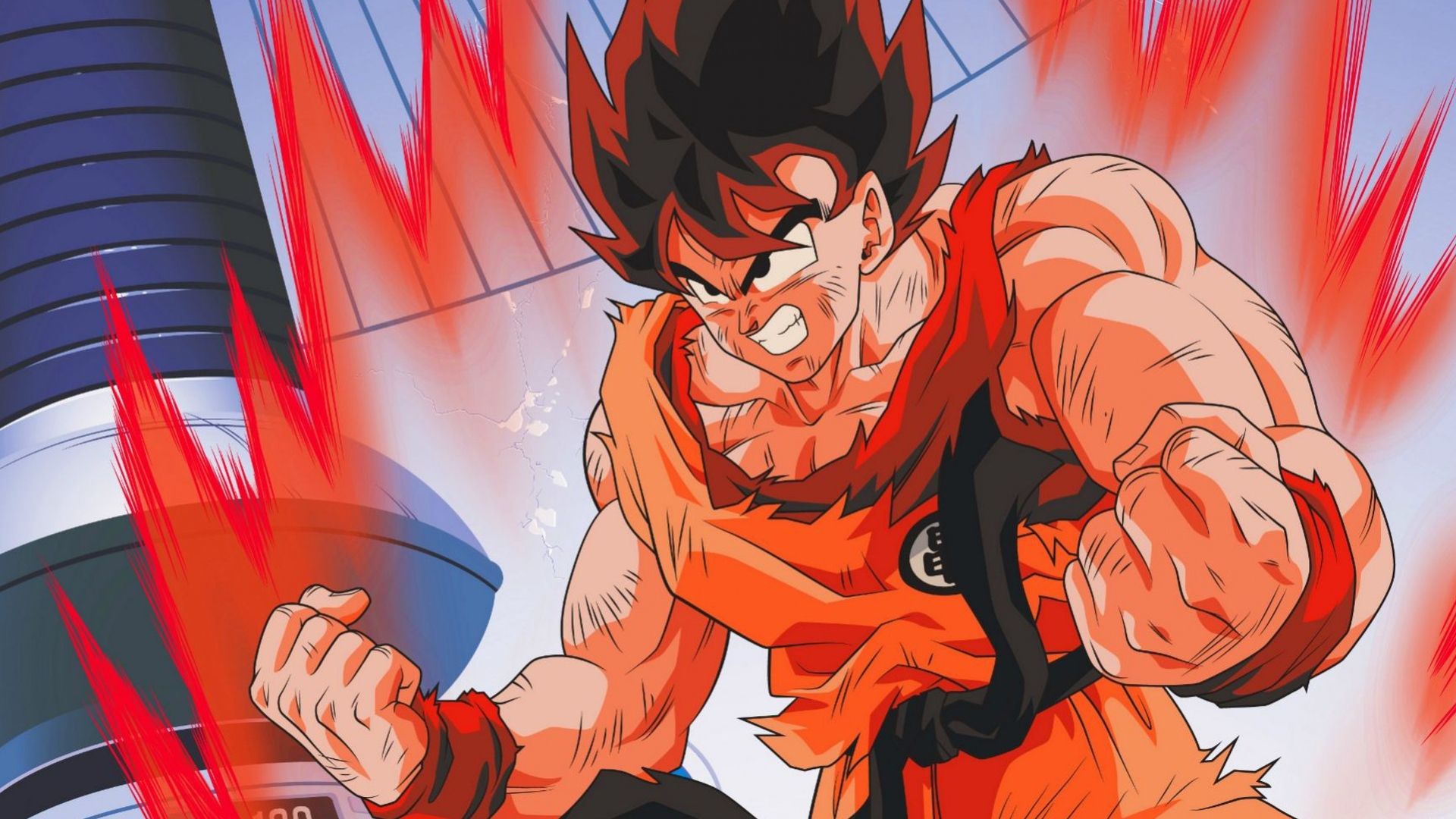
The “Dragon Ball” franchise continues to make a real impact on the lives of its millions of fans daily, and that’s proven by the Mexican government’s willingness to use the series as a means of bringing its people together. Even if the meme that “Dragon Ball episode releases lower cartel activity” isn’t rooted in any hard fact, it is based on real events that have brought the young people of Latin America together through their love for anime.
Goku is the kind of iconic hero that can unify people, and that’s a truth that can’t be quantitatively measured. Even if he may not actually be fighting real-life criminals, the strength that Goku has given many people to fight the demons in their own lives is certainly worthy of a meme or two.


